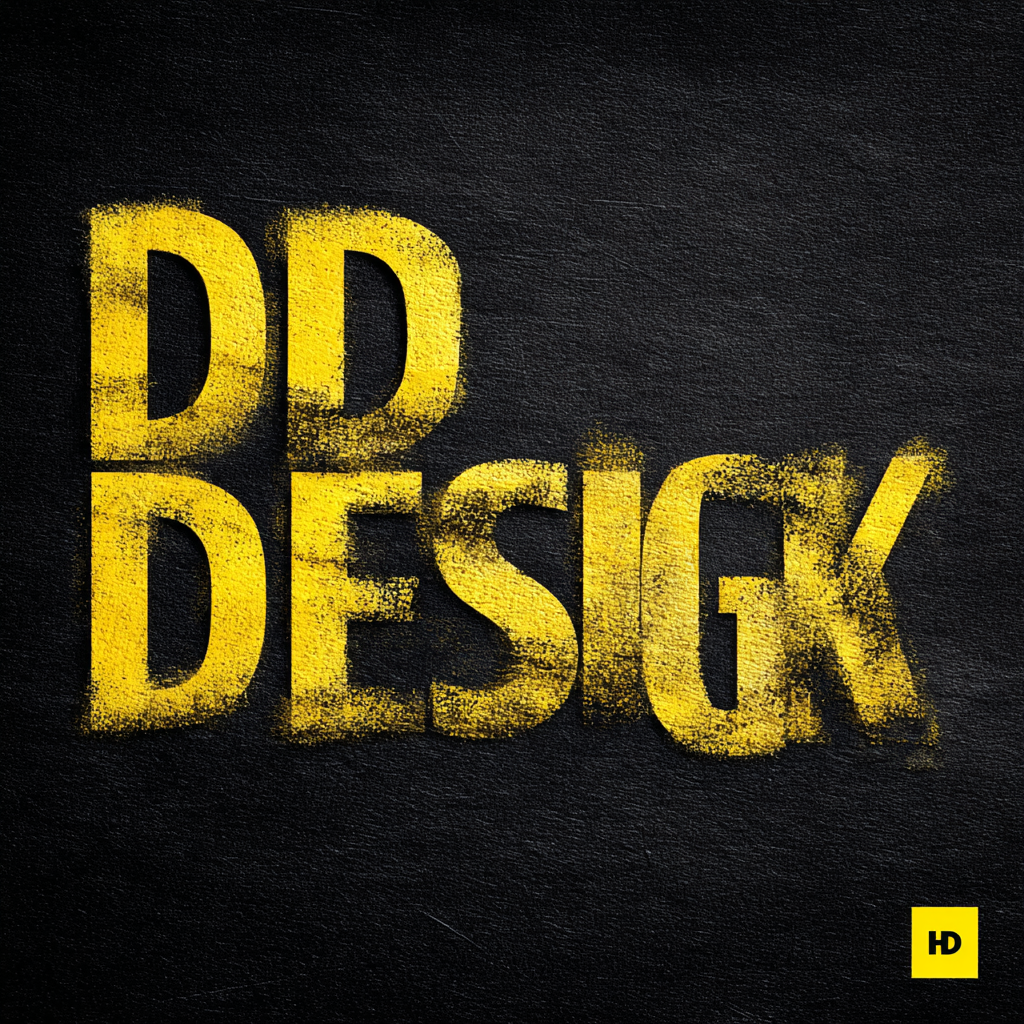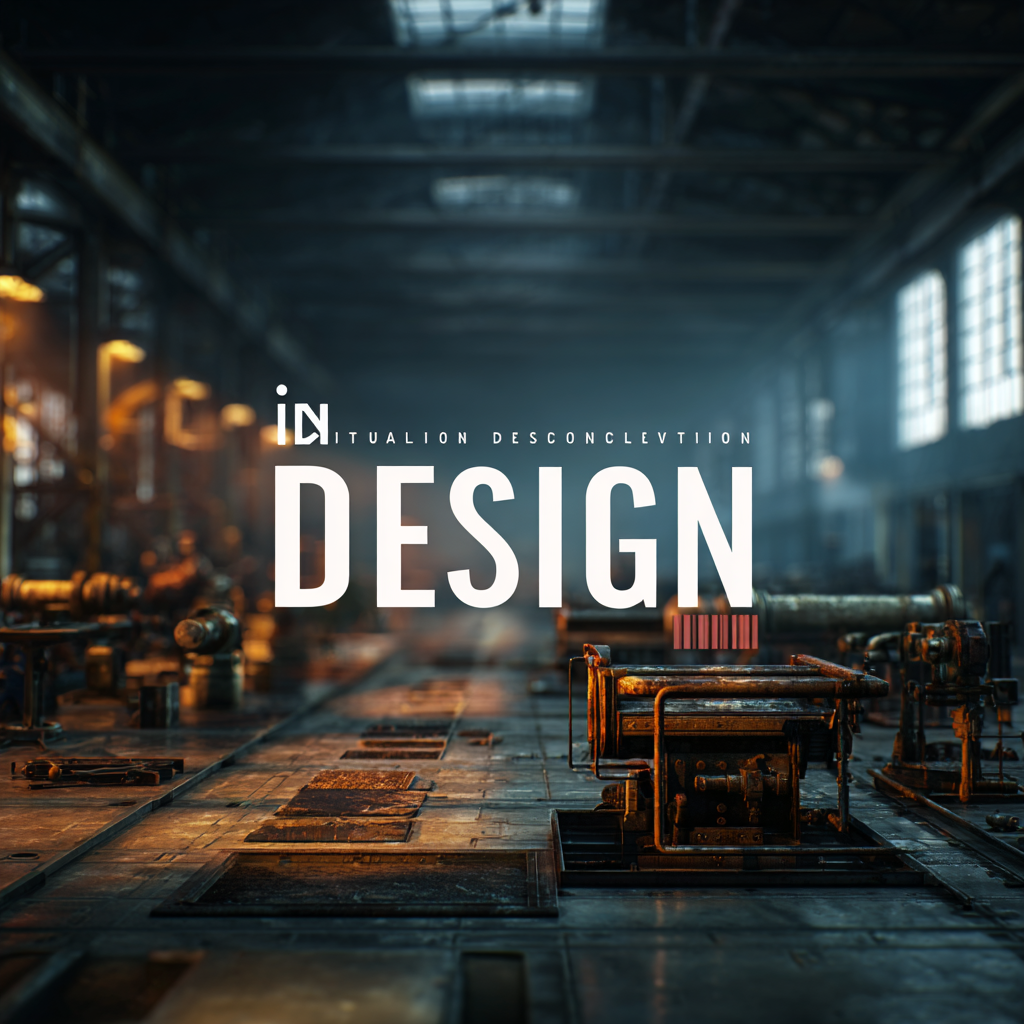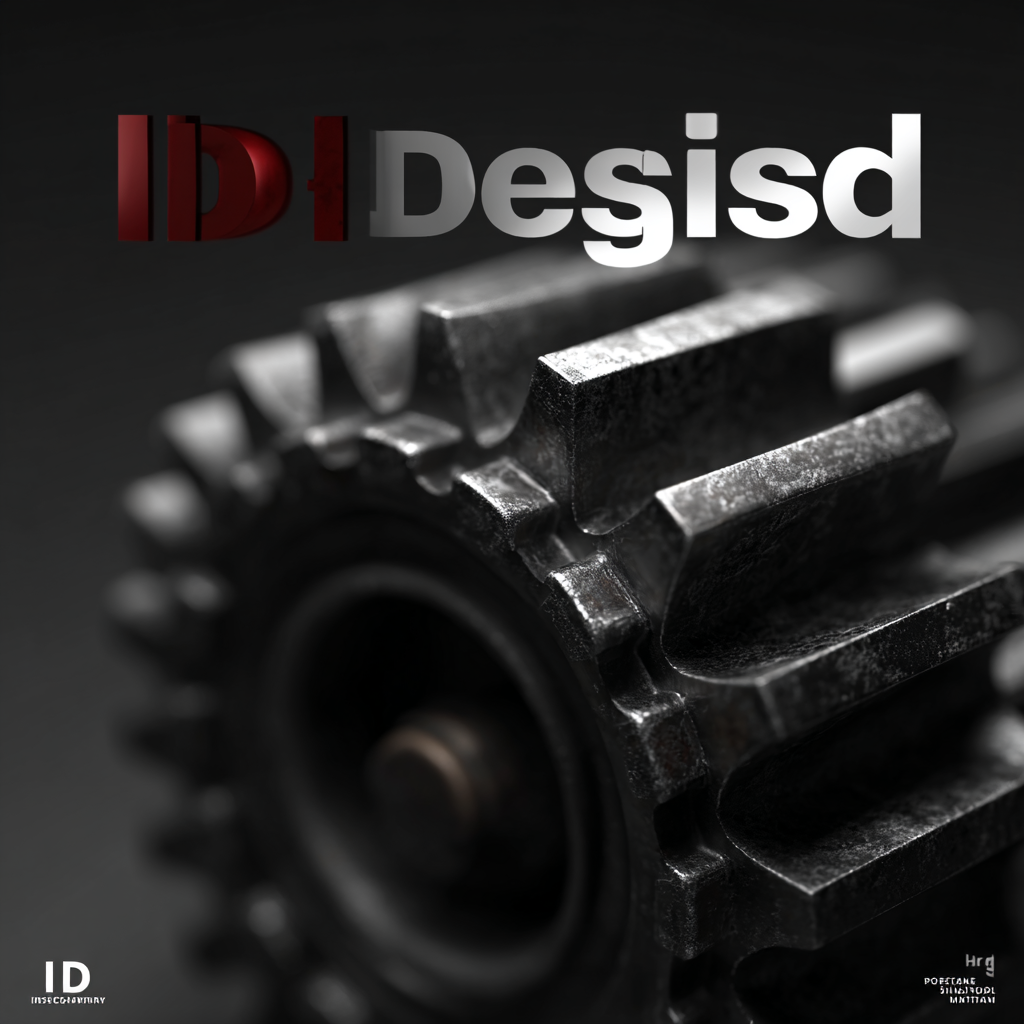


In today's highly competitive market, achieving excellence in Industrial Design is paramount for manufacturers seeking to establish a leading edge. This essential checklist outlines the key considerations necessary for successful industrial design while focusing on the unique capabilities of world-class Chinese factories that deliver outstanding manufacturing solutions. As industries evolve and customer expectations rise, it becomes increasingly crucial for designers and manufacturers to collaborate effectively, ensuring that innovation and practicality are seamlessly integrated. From material selection to ergonomics, every aspect of industrial design plays a critical role in the final product's success. This blog aims to provide insights into best practices and considerations that not only enhance the aesthetic appeal of products but also optimize functionality and user experience, all while leveraging the exceptional manufacturing prowess of China's top factories.

In today’s rapidly evolving market, industrial design plays a pivotal role across various sectors, enhancing both functionality and aesthetics. According to a report by McKinsey, effective design can increase product sales by as much as 32%. Different industries leverage industrial design to meet their unique needs, from consumer electronics to automotive manufacturing. For instance, in the automotive sector, manufacturers like Tesla utilize innovative design to not only improve performance but also to captivate consumers with sleek and efficient designs.
**Tip:** When considering industrial design, prioritize user feedback during the development process. This can help identify pain points and ultimately drive more customer-centric designs.
Moreover, the healthcare industry has increasingly adopted industrial design principles to create devices that are both user-friendly and effective, enhancing patient outcomes. A study published in the Journal of Industrial Design revealed that well-designed medical devices lead to a 25% increase in usability ratings among healthcare professionals. This trend highlights the growing importance of aesthetic appeal combined with functional precision in product development.
**Tip:** Regularly assess the latest design trends in your industry to stay competitive and relevant. Engaging with design forums and attending industry expos can provide valuable insights.

In the rapidly evolving field of industrial design, leveraging the right digital tools can significantly enhance the efficiency and effectiveness of the design process. According to a recent report by McKinsey, companies that employ advanced design software can see productivity improvements of up to 30%. With this in mind, here are the top five digital tools every industrial designer should consider integrating into their workflow.
First, CAD software like SolidWorks and Rhino enables designers to create precise 3D models and simulations. These tools are essential for visualizing concepts and testing functionality before moving into production. Additionally, tools such as Adobe Creative Suite provide a platform for graphic design, allowing for the creation of stunning visuals that can communicate ideas effectively.
Tip: When selecting CAD software, prioritize platforms that offer strong community support and extensive learning resources, which can help reduce the initial learning curve.
Furthermore, prototyping tools like Sketch and Figma foster collaboration, enabling teams to seamlessly share and iterate designs in real time. This collaborative approach can lead to higher quality outcomes and reduced time to market. A report by Forrester indicates that teams using collaborative design tools can decrease project timelines by up to 25%.
Tip: Incorporate regular feedback sessions using these tools to ensure that all stakeholder input is considered, thus improving the final design quality.
User-centric design is a pivotal aspect of industrial design that significantly enhances product success. At its core, user-centric design prioritizes the needs, preferences, and behaviors of the end-user, ensuring that the final product is not only functional but also enjoyable to use. By engaging with users throughout the design process, designers can gather invaluable insights that lead to innovative solutions tailored specifically to user demands. This approach fosters a deep connection between the product and its users, increasing satisfaction and loyalty.
Moreover, user-centric design can lead to better market performance. When products resonate with users on a personal level, they are more likely to be embraced, resulting in positive word-of-mouth and increased sales. Understanding user pain points allows designers to create products that solve real problems, making them indispensable in daily life. Emphasizing user experience during the design phase not only maximizes usability but also contributes to the overall aesthetic appeal of the product, making it more attractive to prospective buyers. Ultimately, integrating user feedback into the design process is essential for crafting successful industrial designs that stand out in a competitive market.
When embarking on an industrial design project, avoiding common pitfalls can make the difference between success and failure. One major mistake is neglecting user-centered design. Designers often become too focused on aesthetics or innovation, forgetting that the end-user experience is paramount. To prevent this, involve users early in the design process. Conduct surveys, interviews, and usability testing to gain insights that can shape a more effective and compelling product.

Another frequent oversight is inadequate prototyping. Many designers skip rapid prototyping stages, assuming they can refine their ideas during the later phases. This can lead to significant issues down the line as flaws are only discovered after substantial resources have been invested. Emphasizing iterative prototyping allows for early identification of design flaws and ensures that the final product aligns with user needs and expectations. By consciously avoiding these pitfalls, designers can create more functional, appealing, and successful industrial designs.
Prototyping plays a crucial role in the industrial design process, acting as a bridge between conceptual ideas and tangible products. By creating prototypes, designers can explore form, function, and usability in a hands-on manner. This phase allows for essential testing and iteration, which is vital in identifying potential flaws early in the design journey. The tactile experience of a prototype enables designers to see how their ideas translate into real-world applications, ensuring that each design decision is informed and intentional.
Moreover, prototyping fosters collaboration and communication among team members and stakeholders. When physical models are introduced, feedback becomes more immediate and constructive. Designers can gather insights on user interactions and preferences, which can significantly influence the final product. This collaborative aspect not only enhances creativity but also accelerates the decision-making process, ultimately leading to a refined design that meets both aesthetic and functional criteria. Embracing prototyping as an integral part of industrial design empowers teams to innovate effectively and produce solutions that truly resonate with users.
| Consideration | Description | Importance Level | Prototyping Stage |
|---|---|---|---|
| User Needs | Understanding the requirements and problems of the end users. | High | Initial Research |
| Market Trends | Analyzing current market demands and future trends. | Medium | Concept Development |
| Material Selection | Choosing appropriate materials for functionality and aesthetics. | High | Design Iteration |
| User Feedback | Gathering insights from users on prototypes and designs. | High | Testing Phase |
| Sustainability | Consideration of environmentally friendly practices and materials. | Medium | Final Prototyping |
| Functionality Testing | Assessing the usability and practicality of the design. | High | Final Prototyping |